How to pick concrete bluebonnets
On Easter Sunday I set out mid-day on an urban trail run. I suppose to most runners that would mean following an established greenbelt trail, the sort shared with mountain bikers and urban hikers, and I do some of that. But I like to get lost, and when I go for a run, wherever I am, I try to follow an improvisational logic that seeks out desire paths, animal trails, and infrastructural rights of way to see where they will take me, often following the way that appears before me without even really thinking about where I am going, in the way that the Zen of running can allow you to glide into. Last Sunday that unplanned path took me all the way to a lost planet and back again.
The botanists often remind us that our violet-tinted state flower does well in disturbed areas—sandy soils, pasture, the side of the road. This was especially in evidence on Easter, in a year when a late and unusually harsh winter storm delayed spring’s first blooms. As I ran up a secret trail through the stubby trees along the concrete creek to the railroad where the parked freight cars collect fresh graffiti, they were everywhere. All along the tracks, making you wonder what nutrients a wildflower can extract from ballast.
Down below the new tollway bridge above the creek, about a mile past the point where the creek becomes unpaved and goes back to some Anthropocene version of wild, I found them growing lush in the cracks between huge boulders of cement and gabion rock left behind by the bridge builders, weaving through the failed silt fence and bent rebar.
In the shadows above, the cliff swallows had returned, their chirps just barely audible against the sound of the cars and trucks rolling over the other side of their habitat. Not as thick as they were before the construction, when I saw the crews out one day water-blasting their nests off the beams they later tore down to be replaced with bigger ones. But a good number, their little pustules of mud and spit tucked into the shadows of the understructure, housing the hungry young that keep their parents working all day to feed them the tiny prey swallows are so good at grabbing from the air.
The zone between the highway of which that bridge is a part and the river that passes to its east has long been dominated by low-tech industrial uses, most of them involving the extraction of pretty basic minerals from the alluvial soils the river has left behind over the course of millennia. The kind of minerals we use to build roads and building foundations. The material cities are made from. Rarely does the city let you see how ancient the sources of its momentary structural strength are, though once in a while they will use the limestone blocks that reveal the Cretaceous fossils in their cuts. That was the case with the Houston headquarters of my old law firm, in a high rise named after an oil company named after the carapace of a marine bivalve.
Some of these old gravel pits and aggregate processing plants are beginning to turn into something new. The city bought most of the old railroad rights of way that follow the creeks to the river, and several of the big acreages along the river, most of which were originally platted as the ranches of first or second-generation Anglo settlers. One big flat spread between the highway and the river has been designated as a park, though what it really is is what Bruce Sterling used to call an “involuntary park,” a piece of land whose long industrial use left it a quasi-brownfield whose highest and best use is to slowly go back to wild.
The foliage was still low enough for me to run through there, where I found the wild mustard and unexpected varietals of verbena blooming in the trash piles that have been there long enough to become fully merged with the earth on which they were dumped. Farther back you could see the concrete columns left behind by the aggregate company, accreting fresh mystery like the ritual plinths of some lost civilization.
I know a guy who lives in that zone, squatting in an abandoned building in the shadow of the thickest oak tree in the county, living off the things he can find in the city, making more useful things from the scraps he forages. I thought about him as I ran along those old pathways near his place. As it happened, I was listening to the audiobook of Daniel Defoe’s Robinson Crusoe, a book I had only ever “read” through illustrated juvenile retellings of its story, and had gotten the idea to check out in connection with a new fiction project I am working on. It made me think my friend, who loves to read and is a pretty good writer, might appreciate the book, if maybe not its preachy Puritan parts.
Past the involuntary park, and behind my friend’s squat, there are roads that only look like roads on a map. In a car, you probably wouldn’t even register them as more than dusty negative space along the highway. On foot, on a day when all the workers are away, you can see they are passable, even as you can tell they lead to a zone pedestrians are not meant to go.
I first discovered the alien landscape back in there while exploring from the other side, following deer trails up from the river. Back then, almost a decade ago, the site was inactive—acres of dense retama that opened up onto a secret crater. Since they started converting the old highway into a major tollway, it has seen more use.
On one side, they collect the materials to make hot mix asphalt. Like a little Mordor mountainscape in a palette of black and grey and lifeless brown, covering several acres. There are paths through it, but they follow the logic of some topography invented inside the mind of a mix truck, and I got lost in ways that would probably scare the shit out of your everyday psychogeographer, stumbling into black vats, hanging poles and other artifacts of the trade that looked ready-made for some fresh cli-fi sequel to The Texas Chain Saw Massacre.
Down one side, trying to find my way through to the green I knew was there, I found myself blocked by a made-made cliff and a pathway thick with poison ivy. On the other side, I followed a crazy valley past one mountain made of asphalt and other made of roof shingles.
At the base of the roof shingles grew a tumorous pile of scrap metal waiting its reassembly into robot.
Not far past there, I found a still steep but more passable way down the other side of asphalt mountain. The dirt was light brown clay, still wet from the rain the day before, and even there I found wildflowers coming up. Huge amounts of new earth had been hauled in since the last time I had explored there, terraforming one side into something like a high levee.
Below it was the crater, really just a giant bowl where they must have excavated minerals for decades and then used it to dump the unused cement they made on site. The basin was full of water, bigger than a pond, more like a little lake. And even though it had been completely paved, enough dirt had collected on top of the cement for a little oasis to grow up around it.
As I looked toward the treeline along the river, I saw a couple of young deer running up from the basin. I wondered what that water must be like, and whether the metals in the soil make it into the foliage they eat.
It took me a couple of tries to find my own way safely down to where the deer had been, past more bluebonnets in the ditches, up the arterial gabions, and then down the thickly paved drip to the water’s edge. There I found native switch grasses, young hackberrys and thick willows growing in a spot where just a few years ago there had been no signs of life. You could see what nature would be capable of doing to even a blighted spot like that, given a century of inattention.
More likely, in time that land will be repurposed for some more profitable use in service of us.
I ran on up the rough-paved grade, and back onto dirt. As I watched my footfall, I realized the ground was landfill dirt. I stopped and picked up the handle of some porcelain cup left behind by an earlier generation of colonial settler, and then the plastic fist of some superhero who could not even be identified from his or her remains.
The bluebonnets were thick there too, in the trash, especially at the base of the levee where the water collected between it and the bluff along the river.
Further on, the trees had been cleared for the right of way of some power lines strung across the river from high pylons. The giant spiderwort was growing in their shade, looking like it was soaking up the electromagnetic energy to brighten its purple.
On the other side of that I picked up a deer trail, and followed it through the narrow wildlife corridor that bleak zone still tolerates along the bluff, past a couple of abandoned camps, to the loop road.
And as I jogged on up toward home, I heard a motor, and then a happy holler. When I looked, I saw a man taking his grinning young daughter for an Easter Sunday ride in a go-kart, hauling ass on the bike path. A reminder not too get too far up on my high horse about the petrochemical civilization whose try works I had just passed through, especially given the evidence all around me of nature’s capacity to recover from whatever abuse we subject it to. I just hope it won’t need to cull our population to get there, more than it’s already been doing during the brutal year we have just endured.
Viz.
This deep time headline in Friday’s paper was a sobering reminder of what’s in the air other than Covid-19.
Thinking through a story about a survivor of climate-induced disaster is what got me to take a fresh look at Robinson Crusoe, and I was surprised by how engaging a listen I have found it, five long chapters in to what is often called the first English novel. The narration is a big part of it, as Simon Vance brings a compelling Northern voice that suits the protagonist (even though he’s a Southerner from Brighton), and doesn’t try too hard to lend the story feeling or gravity that’s not there on the page.
I haven’t gotten to the more problematic parts yet, and may soon find myself compelled to put it back on the shelf, but the first four chapters that detail Crusoe’s sea voyages and land adventures before he washes up on the island, and then the beginning of his time learning to survive, are much more interesting than I expected. The narrative takes a weird turn around the fifth chapter, when what has been a survivor’s memoir suddenly changes to a diary that recaps parts of the story you have already been told. And in the chapter that precedes the diary, it’s hard not to laugh at the list of gear Crusoe hauls out of the ship to set up his camp before a storm sinks the vessel. Defoe relies heavily on the contraction Viz., so much so that you can appreciate its utility, especially for those prone to long-winded disquisitions, but I will probably refrain from trying.
At the opposite end of the spectrum, this week’s mail brought me a copy of Chicken Scratchings, a wonderful little zine of drawings and text by Kelly Link, Gavin Grant and their daughter Ursula about their chickens Fafnir, Falcor, Midgard, Serpent, Smaugh, Toothless and Yggdrasil. It’s beautiful expression of the joy of backyard pastoralism and the wild wonders of domesticated animals. Get yours for just $2 from their Small Beer Press.
Another book I have been re-reading for research the past couple of weeks is Eric Hobsbawm’s Bandits, which uses a series of historical profiles to argue how common thieves sometimes become populist “social bandits” and then revolutionaries. Hobsbawm was a wonderful writer of history, and it’s intriguing to see a Marxist historian take on a theoretical subject so deeply rooted in rural culture and the means of agricultural production. This week the London Review of Books shared a feature-length documentary about Hobsbawm’s life and work by LRB contributor Anthony Wilks, which I look forward to watching in full:
Have a rebellious week.


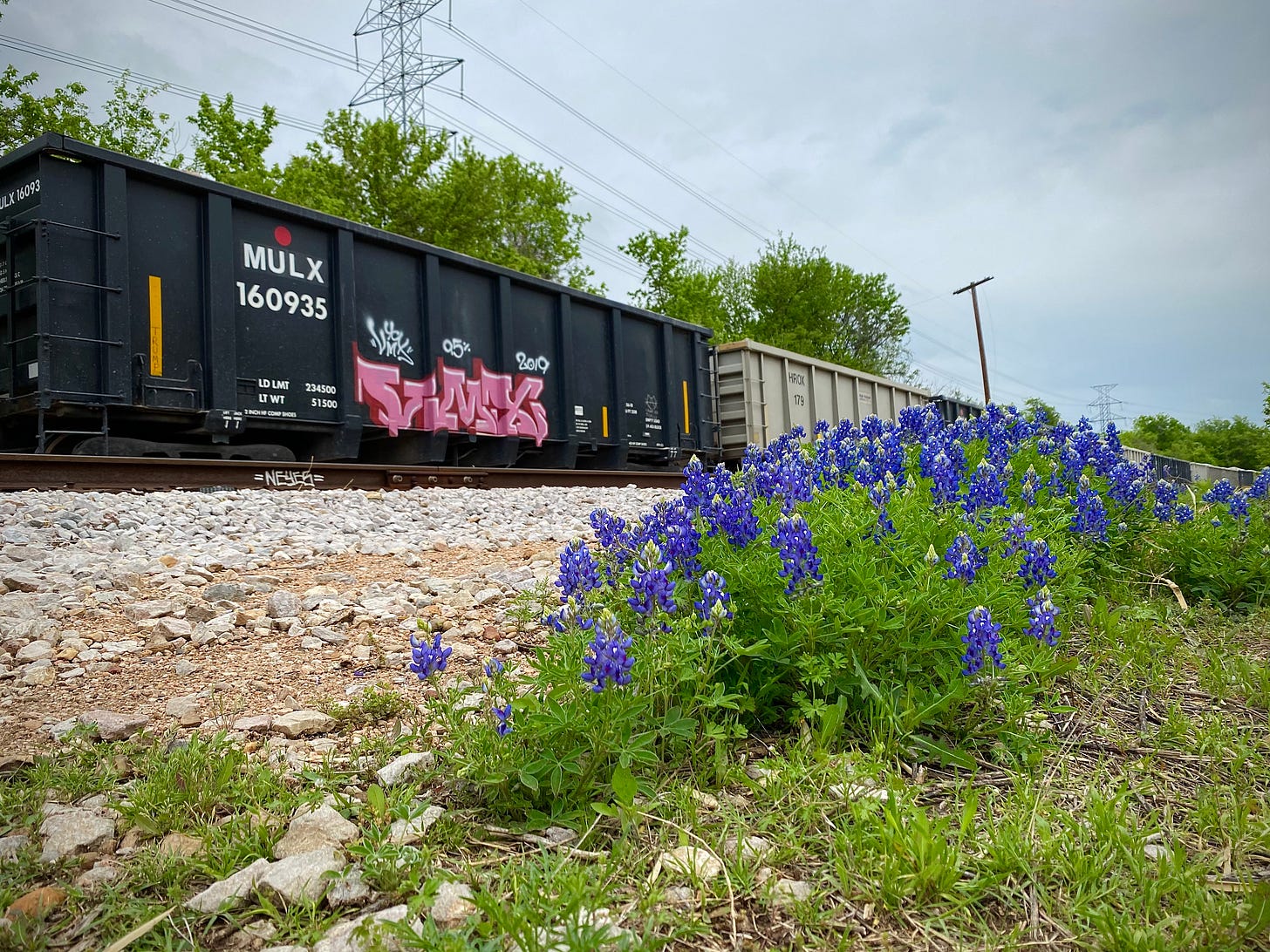
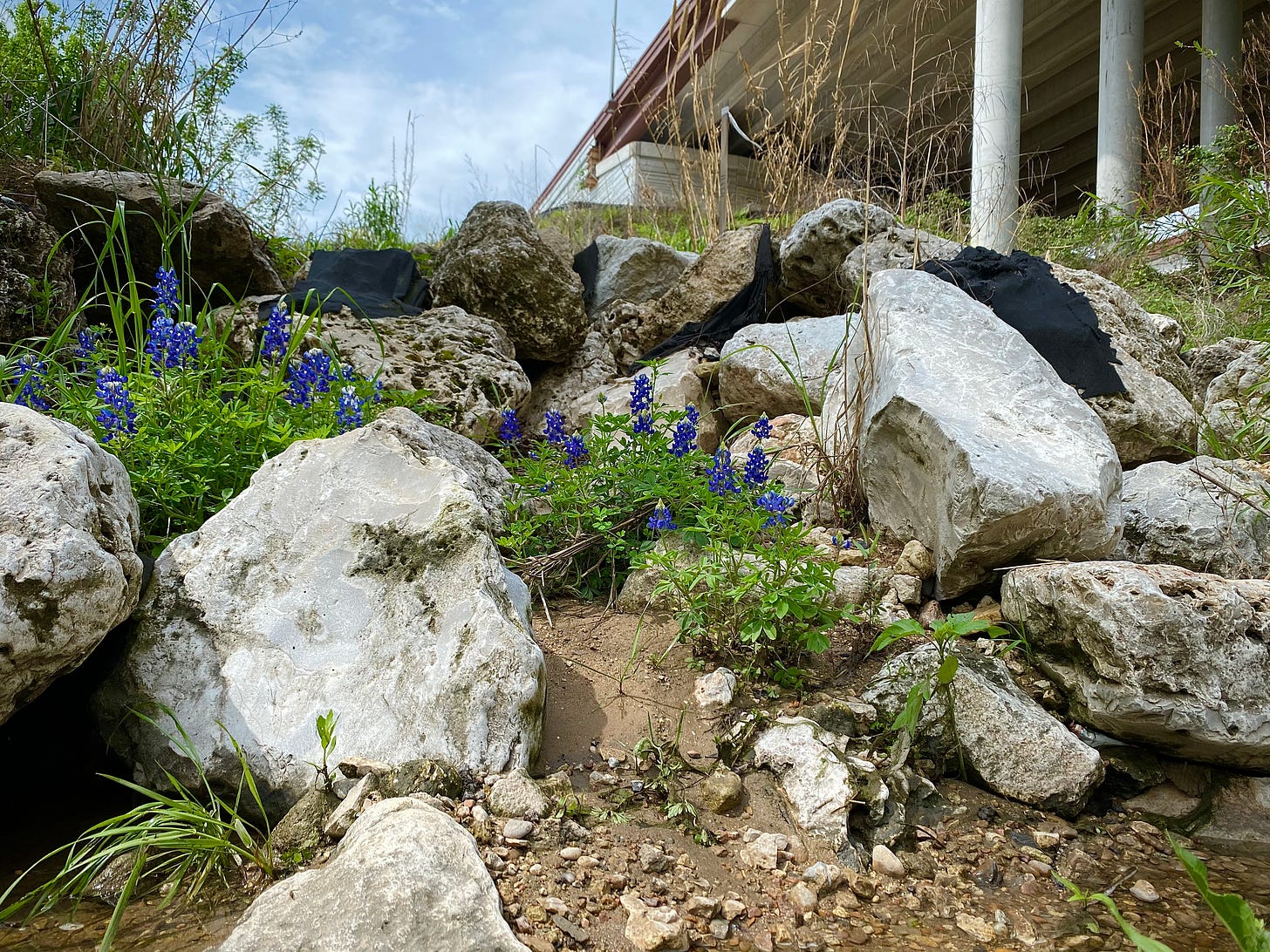

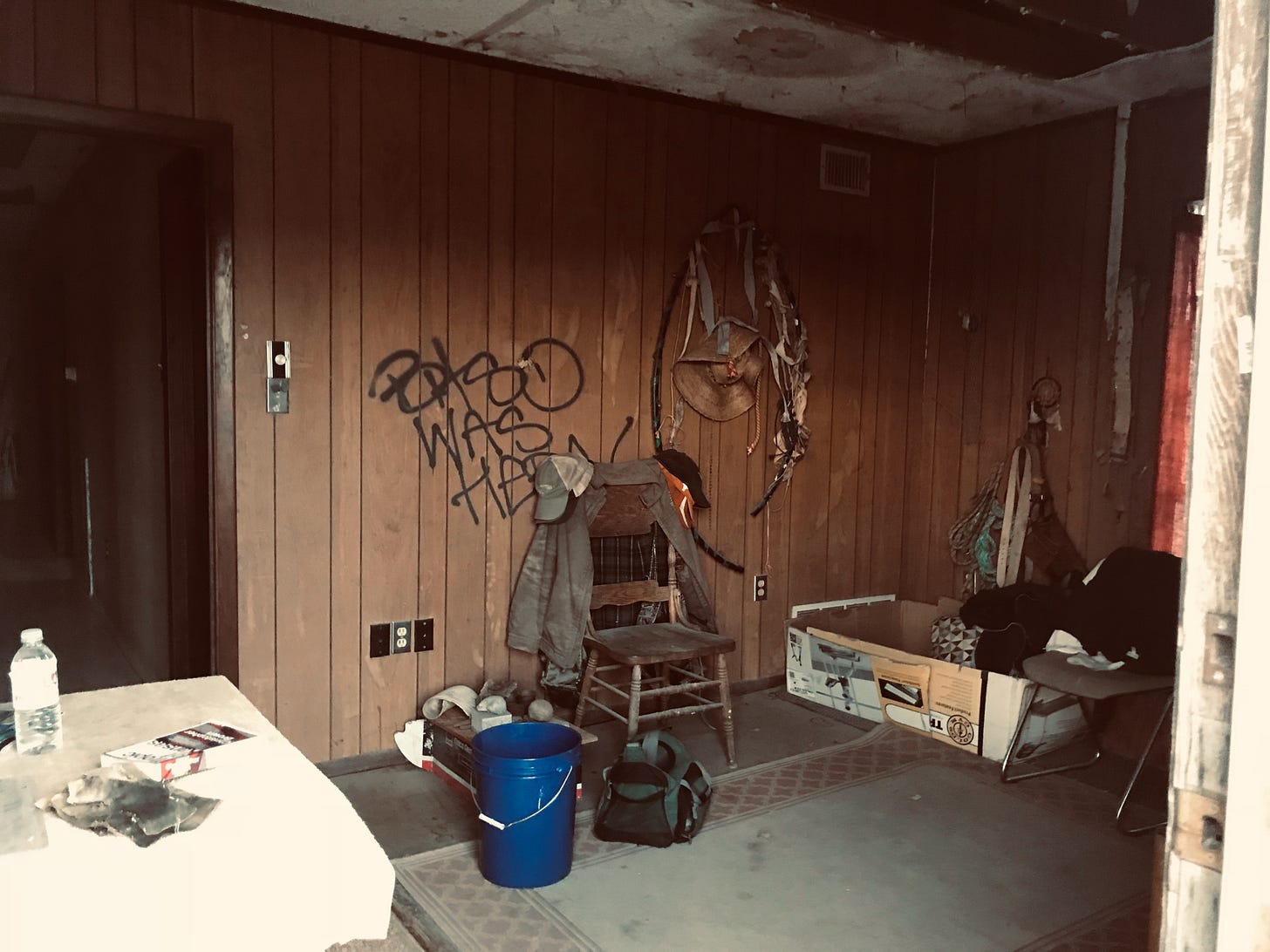
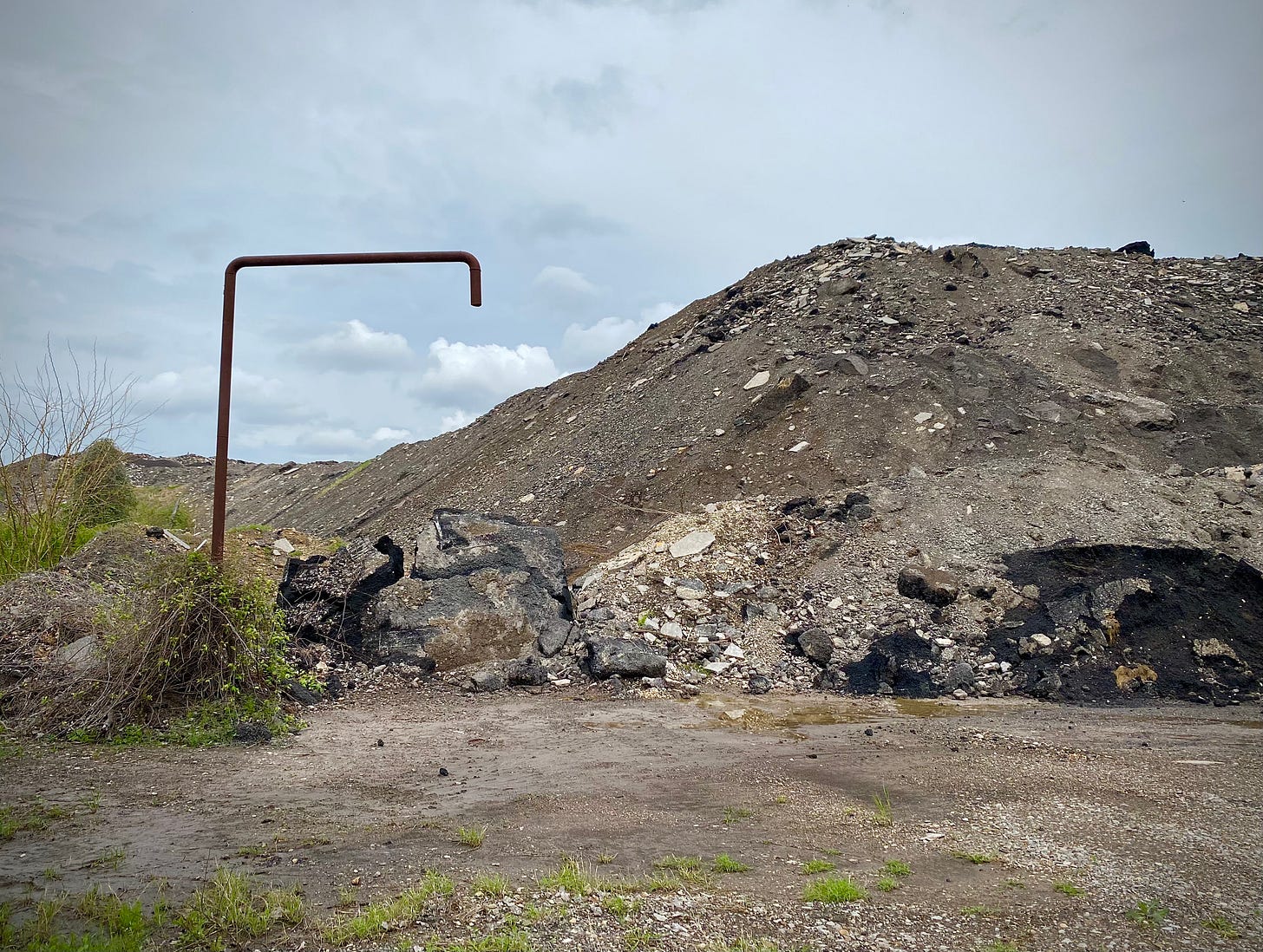


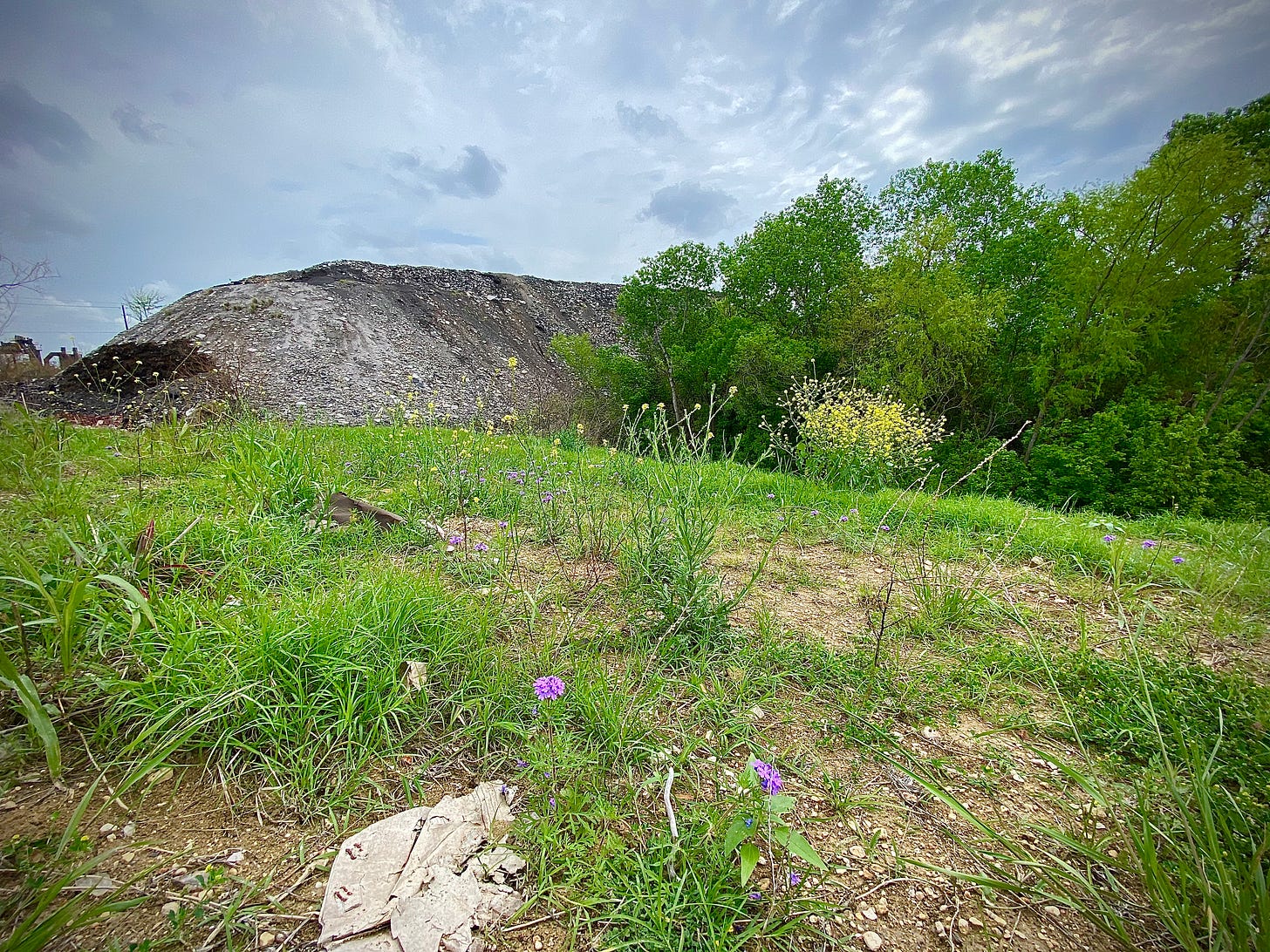

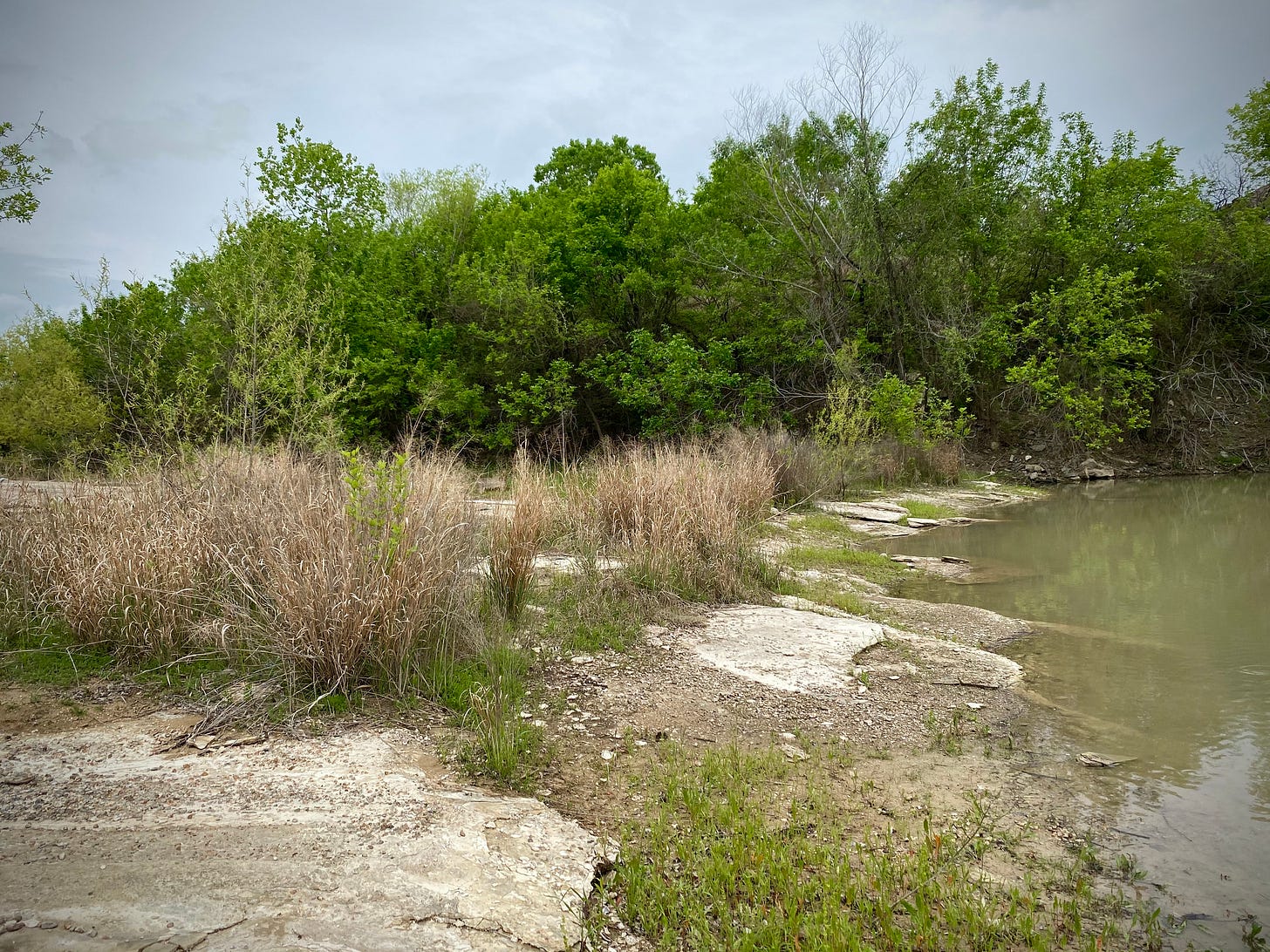




Wonderful imaginative ideas and truly great writing. Thanks. WB